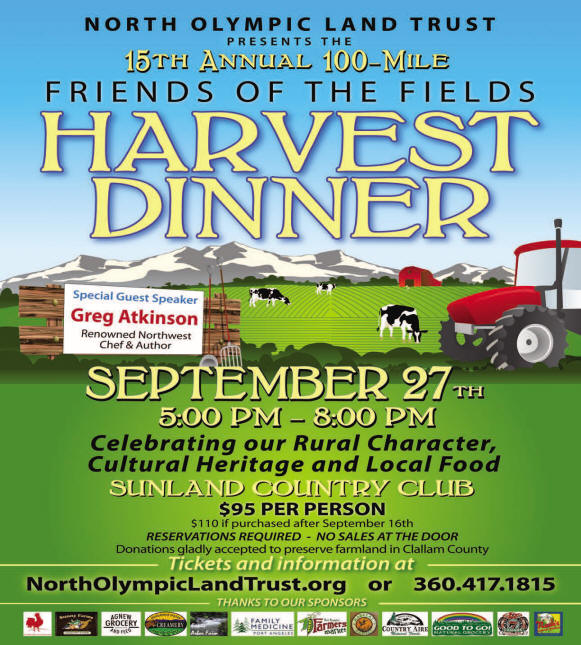Introduction to Harvest 2018
As the days get shorter, the nights get cooler and the school busses show up on the roads, we all know that fall has arrived. For some of us, fall means rousting kids from their beds to be on time for school, watching the leaves change color or going to and from work in the dark. For others the arrival of fall means gathering the harvest, whether that is vegetables, grains, apples, pears or grapes. For the members of the Olympic Peninsula Winery Association, it is time for long drives, crush, pressing fruit and fermentation. On November 10 and 11, the nine member wineries and cideries will open their doors and invite you to celebrate the bounty of their 2018 harvest. Before that celebration occurs, there is time for you to learn more about how that harvest turns into wine and cider.
For the wine makers, the process begins early in the year when they visit vineyards – primarily in Eastern Washington – to review the vines and fruit and determine how much and what types of fruit to acquire. The wine makers develop close relationships with the vineyards where they purchase fruit. Some vineyards will work with the vintners to plant specific varietals for experimentation or prepare specific irrigation plans to affect sugar (and alcohol) content. Several of the Olympic Peninsula wineries are crushing varietals new to them or expanding the use of out of the ordinary varietals from Mourverde to Pinot Meunier. Visits later in the summer and early fall help the wine makers finalize their plans for upcoming vintages as they measure sugar and pH levels and learn what varieties and quantities survived the weather, disease and other obstacles to be harvested.
Four of the members of the Olympic Peninsula Winery Association grow a portion of their own fruit. Port Townsend Vineyards and Marrowstone Vineyards grow a portion of their grapes on or near their wineries. While the weather on the Peninsula isn’t ideal for growing grapes, these two vineyards make the effort to fight powdery mildew, wildlife and a variable number of days over 70 degrees to bring the entire process of making wine closer to their customers. Olympic Cellars also has a small vineyard at their facility, but due to the windy location, the vines don’t produce fruit. Finnriver Farms and Eaglemount Winery|Cidery both have well established orchards on site for their hard ciders. They supplement their fruit supply with stock from other orchards, but make it a point to have specific labels that are developed from local fruit. These members have the added opportunity to connect with consumers through farm tours and other events that highlight the connection between the land and the final product.
Come back soon to catch the next step in the process called harvest!











